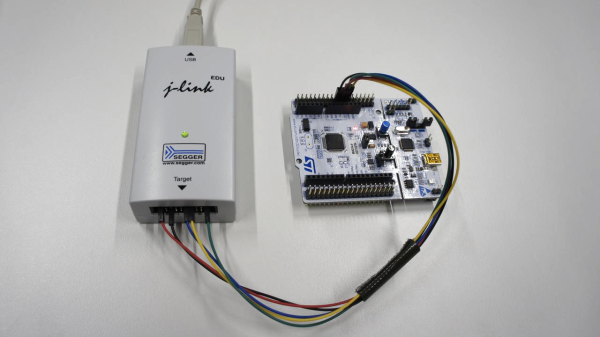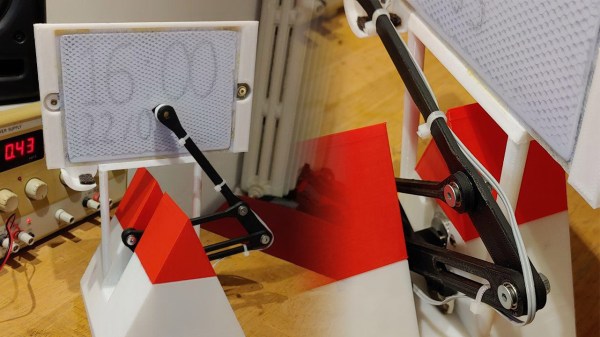The news these days is dominated by the one big story: the COVID-19 pandemic. Since the first reports of infection surfaced in China sometime in late 2019, the novel coronavirus that causes the disease, bloodlessly dubbed SARS-CoV-19, has swept around the globe destroying lives, livelihoods, and economies. Getting a handle on the disease has required drastic actions by governments and sacrifices by citizens as we try to slow the rate of infection
As with all infectious diseases, getting ahead of COVID-19 is a numbers game. To fight the spread of the virus, we need to know who has it, where they are, where they’ve been, and whom they’ve had contact with. If we are unable to gather the information needed to isolate potential carriers, all that we can do is impose mass quarantines and hope for the best. Hence the need for mass COVID-19 testing, and the understandable hue and cry about its slow pace and the limited availability of test kits.
But what exactly do these test kits contain? What makes mass testing so difficult to implement? As we shall see, COVID-19 testing is anything but simple, even if the underlying technology, PCR, is well-understood and readily available. A lot of the bottlenecks are, as usual, bureaucratic, but there are technical limits too. Luckily, there are clever ways around those restrictions, but understanding the basics of COVID-19 testing is the best place to start.














